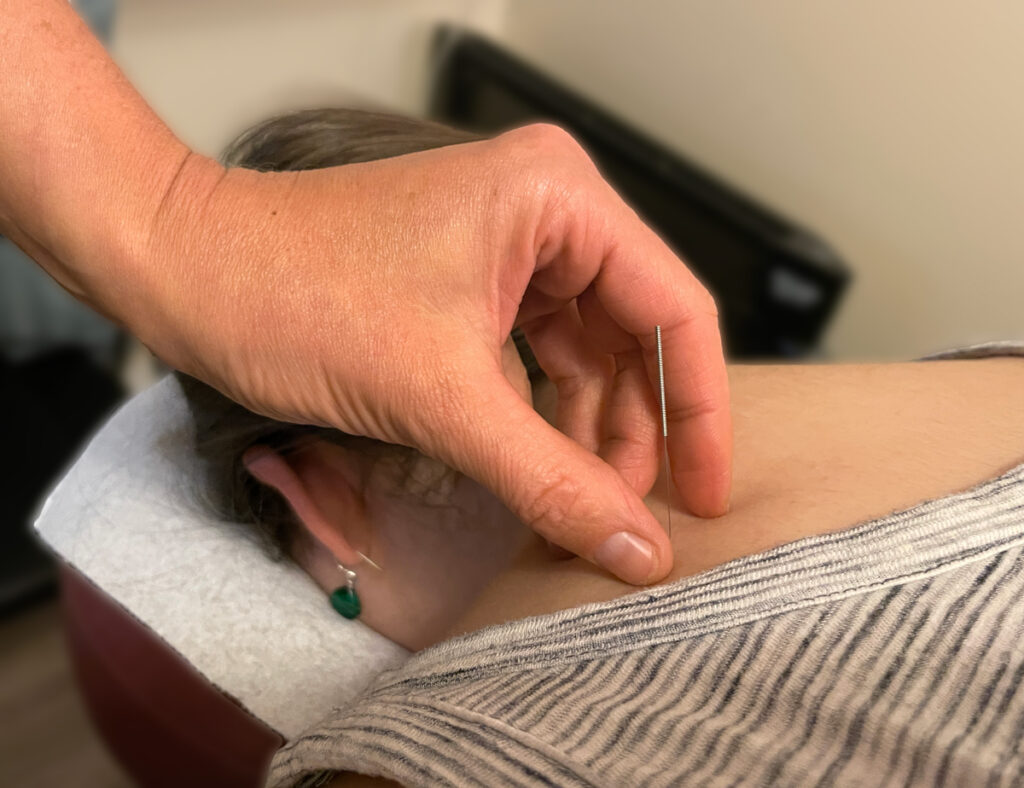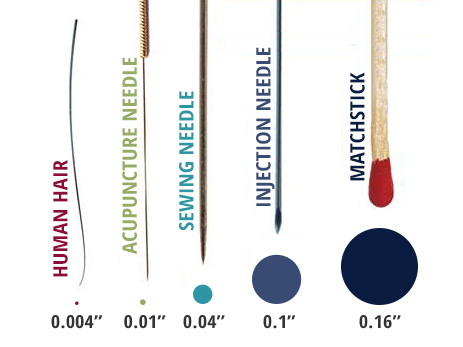Acupuncture is part of a medical system originating in China over 3,000 years ago. The oldest Chinese medical text Huangdi Neijing, The Yellow Emperor’s Canon of Internal Medicine, is dated at 200 BC. By some accounts, Chinese medicine is the oldest form of medical practice in the world.
The complex and unique system of Chinese medicine includes herbal medicine, tui na massages, meditation and acupuncture. The National Institutes of Health describes acupuncture as a “family of procedures, the most well known of which involves penetration of specific anatomic locations on the skin, called acupuncture points, by thin, solid, generally metallic needles.” Acupuncture stimulates the body to heal itself naturally, and people are often surprised by the wide range of conditions that can be treated.

Why seek an acupuncture treatment?
Acupuncture encourages self-care and healthy body awareness. A variety of conditions are treated, including but not limited to:
Pain
low back and neck, arthritis, carpal tunnel, tendonitis, sciatica, sports or accident injury, TMJ
Digestive
reflux, bloating, constipation, diarrhea, irritable bowel syndrome, colitis
Stress/emotional issues
insomnia, depression, anxiety
Respiratory
sinusitis, asthma, allergies, colds, flu
Neurological
migraine, trigeminal neuralgia, Bell’s palsy, MS, Parkinson’s disease
Gynecological
PMS, cramping, irregular menstruation, menopausal symptoms, infertility
Urogenital
frequent urination, impotence, prostate problems
Other
smoking cessation, autoimmune diseases, chemotherapy side effects
What to expect in an Acupuncture Treatment
The practitioner asks questions about the body systems at the beginning of each appointment, requiring patients to think about and reflect on the health of their bodies.
Based on the diagnosis, the practitioner inserts tiny needles in specific areas of the body. For the rest of the treatment, patients lie on the table with the needles in and relax, or even fall asleep.
Treatment plans vary by the person and the condition. Patients generally come for acupuncture 1–2 times per week until their symptoms subside, and then either discharge or continue for prevention of illness and health maintenance. An acute or new condition requires a shorter course of treatment and a chronic condition requires a longer course of treatment.
Dealing with needle phobia
Our needle phobias stem from the use of large gauge, hollow needles used to draw blood or inject a substance into the body.
Acupuncture needles are different.
Unlike hypodermic needles, acupuncture needles are solid and have polished points instead of beveled sharpened ones, so they do not draw blood. A typical acupuncture needle is .20mm in diameter, the thickness of a few human hairs.
How big is an acupuncture needle?


